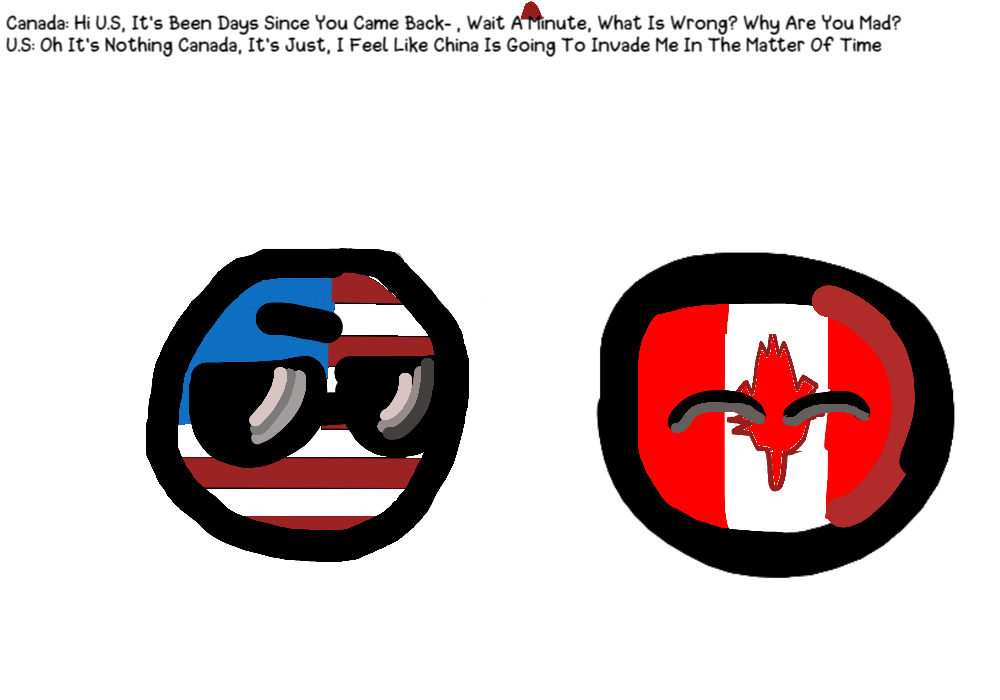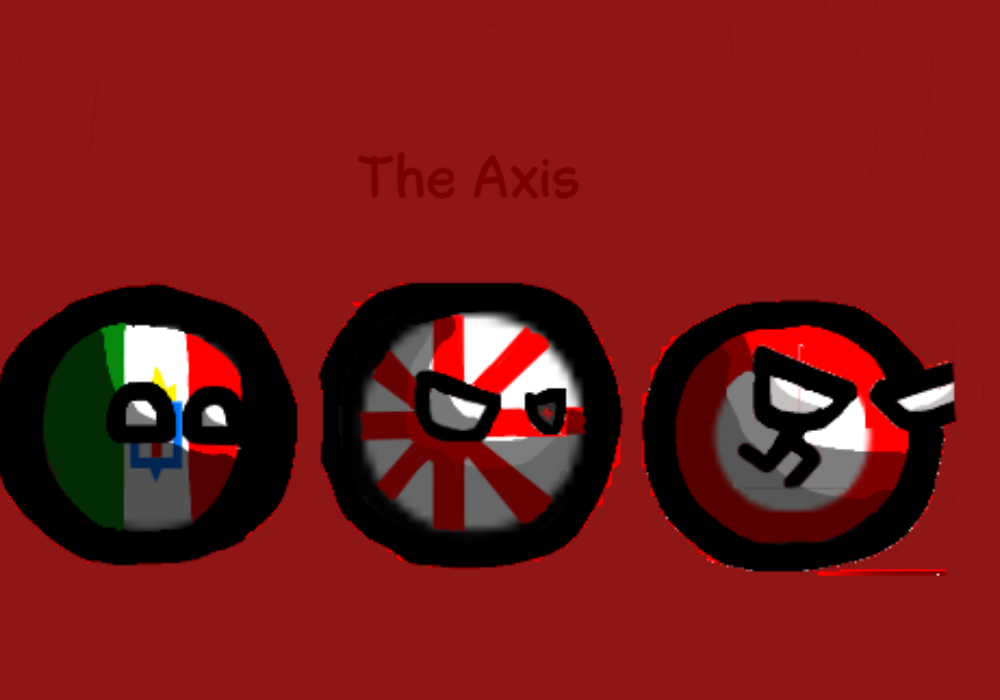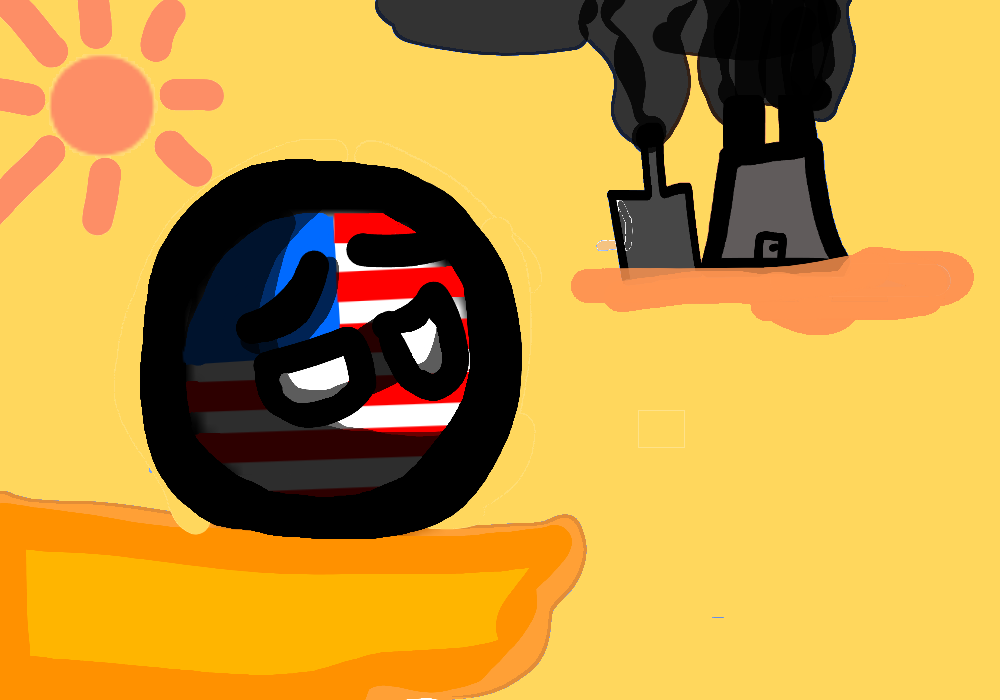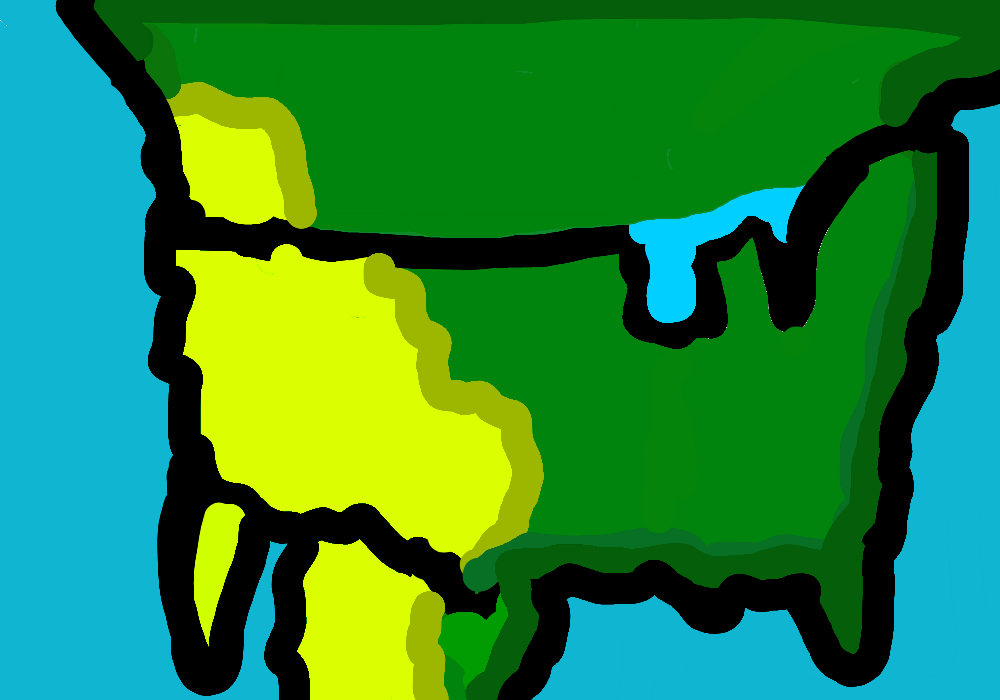
@Justin14
54 followers
163 following
The Flag Of Singapore
In 1299, according to the Malay Annals, the Kingdom of Singapura was founded on the island by Sang Nila Utama.[25] Although the historicity of the accounts as given in the Malay Annals is the subject of academic debates,[26] it is nevertheless known from various documents that Singapore in the 14th century, then known as Temasek, was a trading port under the influence of both the Majapahit Empire and the Siamese kingdoms,[27] and was a part of the Indosphere.[28][29][30][31][32] These Indianised kingdoms were characterised by surprising resilience, political integrity and administrative stability.[33] Historical sources also indicate that around the end of the 14th century, its ruler Parameswara was attacked by either the Majapahit or the Siamese, forcing him to move to Malacca where he founded the Sultanate of Malacca.[34] Archaeological evidence suggests that the main settlement on Fort Canning was abandoned around this time, although a small trading settlement continued in Singapore for some time afterwards.[17] In 1613, Portuguese raiders burned down the settlement, and the island faded into obscurity for the next two centuries.[35] By then, Singapore was nominally part of the Johor Sultanate.[36] The wider maritime region and much trade was under Dutch control for the following period after the Dutch conquest of Malacca.[37]
British colonisation
Main articles: Founding of modern Singapore and Singapore in the Straits Settlements
Letter from William Farquhar to Sultan Muhammad Kanzul Alam, the 21st Sultan of Brunei, dated 28 November 1819. In the first line, Farquhar mentions that Sultan Hussein Shah and Temenggong Abdul Rahman allowed the British East India Company to establish a factory in Singapore on 6 February 1819.[38][39]
The British governor Stamford Raffles arrived in Singapore on 28 January 1819 and soon recognised the island as a natural choice for the new port.[40] The island was then nominally ruled by Tengku Abdul Rahman, the Sultan of Johor, who was controlled by the Dutch and the Bugis.[41] However, the Sultanate was weakened by factional division: Abdul Rahman, the Temenggong of Johor to Tengku Abdul Rahman, as well as his officials, were loyal to the Sultan's elder brother Tengku Long, who was living in exile in Penyengat Island, Riau Islands. With the Temenggong's help, Raffles managed to smuggle Tengku Long back into Singapore. Raffles offered to recognise Tengku Long as the rightful Sultan of Johor, under the title of Sultan Hussein, as well as provide him with a yearly payment of $5000 and another $3000 to the Temenggong; in return, Sultan Hussein would grant the British the right to establish a trading post on Singapore.[42] The Treaty of Singapore was signed on 6 February 1819.[43][44]
British colonisation
Main articles: Founding of modern Singapore and Singapore in the Straits Settlements
Letter from William Farquhar to Sultan Muhammad Kanzul Alam, the 21st Sultan of Brunei, dated 28 November 1819. In the first line, Farquhar mentions that Sultan Hussein Shah and Temenggong Abdul Rahman allowed the British East India Company to establish a factory in Singapore on 6 February 1819.[38][39]
The British governor Stamford Raffles arrived in Singapore on 28 January 1819 and soon recognised the island as a natural choice for the new port.[40] The island was then nominally ruled by Tengku Abdul Rahman, the Sultan of Johor, who was controlled by the Dutch and the Bugis.[41] However, the Sultanate was weakened by factional division: Abdul Rahman, the Temenggong of Johor to Tengku Abdul Rahman, as well as his officials, were loyal to the Sultan's elder brother Tengku Long, who was living in exile in Penyengat Island, Riau Islands. With the Temenggong's help, Raffles managed to smuggle Tengku Long back into Singapore. Raffles offered to recognise Tengku Long as the rightful Sultan of Johor, under the title of Sultan Hussein, as well as provide him with a yearly payment of $5000 and another $3000 to the Temenggong; in return, Sultan Hussein would grant the British the right to establish a trading post on Singapore.[42] The Treaty of Singapore was signed on 6 February 1819.[43][44]
Other Minitoons by @Justin14








































































































